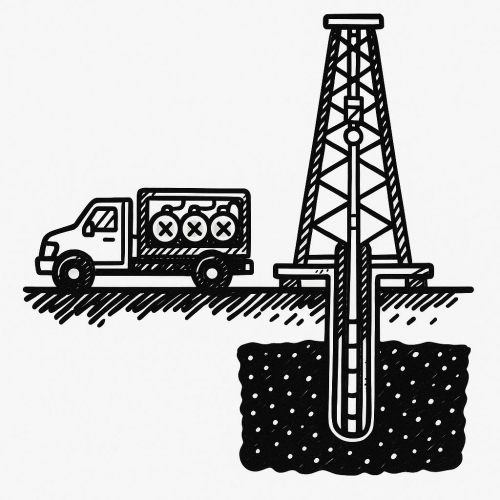Mixing oil and gas is a fundamental process in various industries, from automotive maintenance to two-stroke engine-powered equipment. It's essential to get the mixture right for optimal performance and engine longevity. In this comprehensive guide, we'll explore the step-by-step process of mixing oil and gas, factors to consider, and safety precautions to follow.
Choose the Right Oil and Gas
The first step in mixing oil and gas is selecting the appropriate types of oil and gasoline for your specific application. Different engines and equipment may require different oil and gas ratios, so consult your manufacturer's recommendations.
Gather Your Equipment
You'll need a few items to get started:
- Clean, empty gasoline container
- Measuring cup or container with clear markings
- Funnel
- Safety goggles and gloves (for safety)
Read the Manufacturer's Recommendations
Refer to the owner's manual or the manufacturer's guidelines for your engine or equipment. They will specify the recommended oil-to-gas ratio. Common ratios include 50:1, 40:1, and 32:1.
Measure the Gasoline
Pour the required amount of gasoline into your clean and empty container. Make sure the container is large enough to accommodate the desired volume of gasoline plus the oil without overflowing.
Measure the Oil
Using a separate measuring cup or container, pour the correct amount of oil as specified by the manufacturer's recommendations. Ensure accuracy by using a measuring device with clear markings.
Mix Thoroughly
To ensure a proper mixture, add the measured oil to the gasoline container. Use a funnel if necessary to avoid spillage. Close the container securely and shake it vigorously for at least 20-30 seconds. This will thoroughly mix the oil and gas, creating a homogeneous solution.
Let the Mixture Set
Allow the mixture to sit for a few minutes to ensure complete integration. This brief resting period allows the oil and gas to blend effectively.
Fill Your Equipment
Once the oil and gas are well-mixed, use the funnel to pour the mixture into the fuel tank of your engine or equipment. Be careful not to spill any of the mixture during this process.
Dispose of Leftover Mixture
If you have any excess oil and gas mixture, label it clearly and store it in a safe, sealed container for future use. Always follow local regulations for the disposal of unused mixtures.
Safety Precautions
- When mixing oil and gas, always work in a well-ventilated area, away from open flames or sparks.
- Wear safety goggles and gloves to protect yourself from accidental splashes or spills.
- Avoid inhaling gasoline vapors, as they can be harmful to your health.
Conclusion
Properly mixing oil and gas is crucial for the reliable performance and longevity of engines and equipment. Always consult the manufacturer's recommendations for the correct oil-to-gas ratio, and follow safety precautions diligently. With the right tools, knowledge, and attention to detail, you can master the art of mixing oil and gas for various applications.

%20(1).png)



